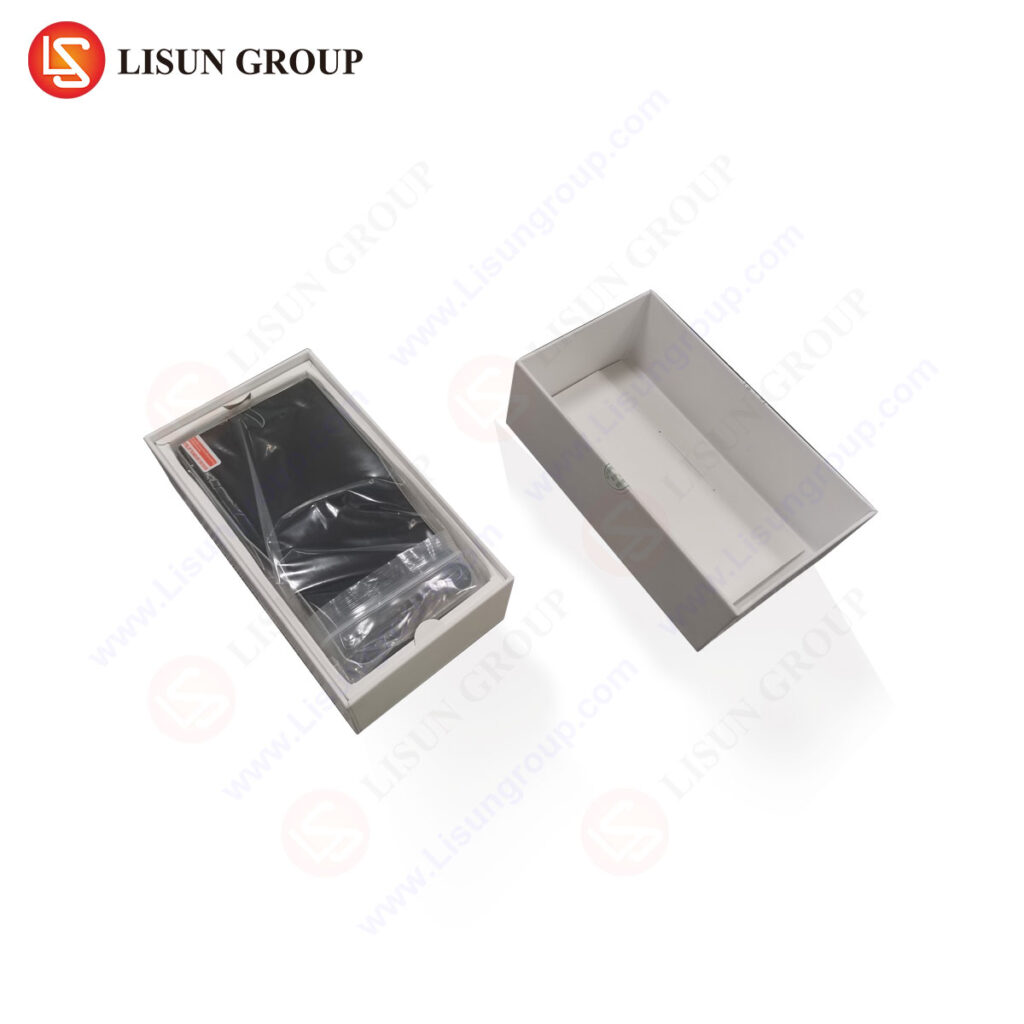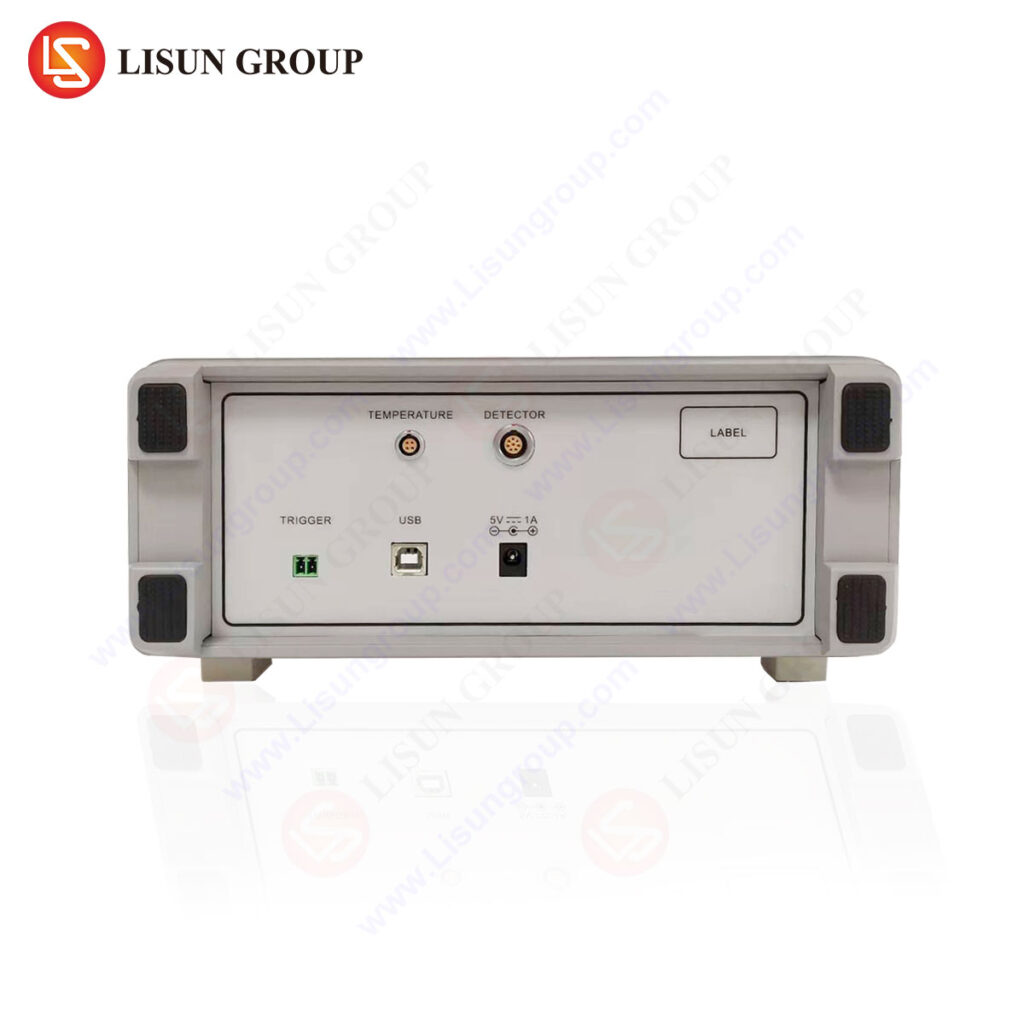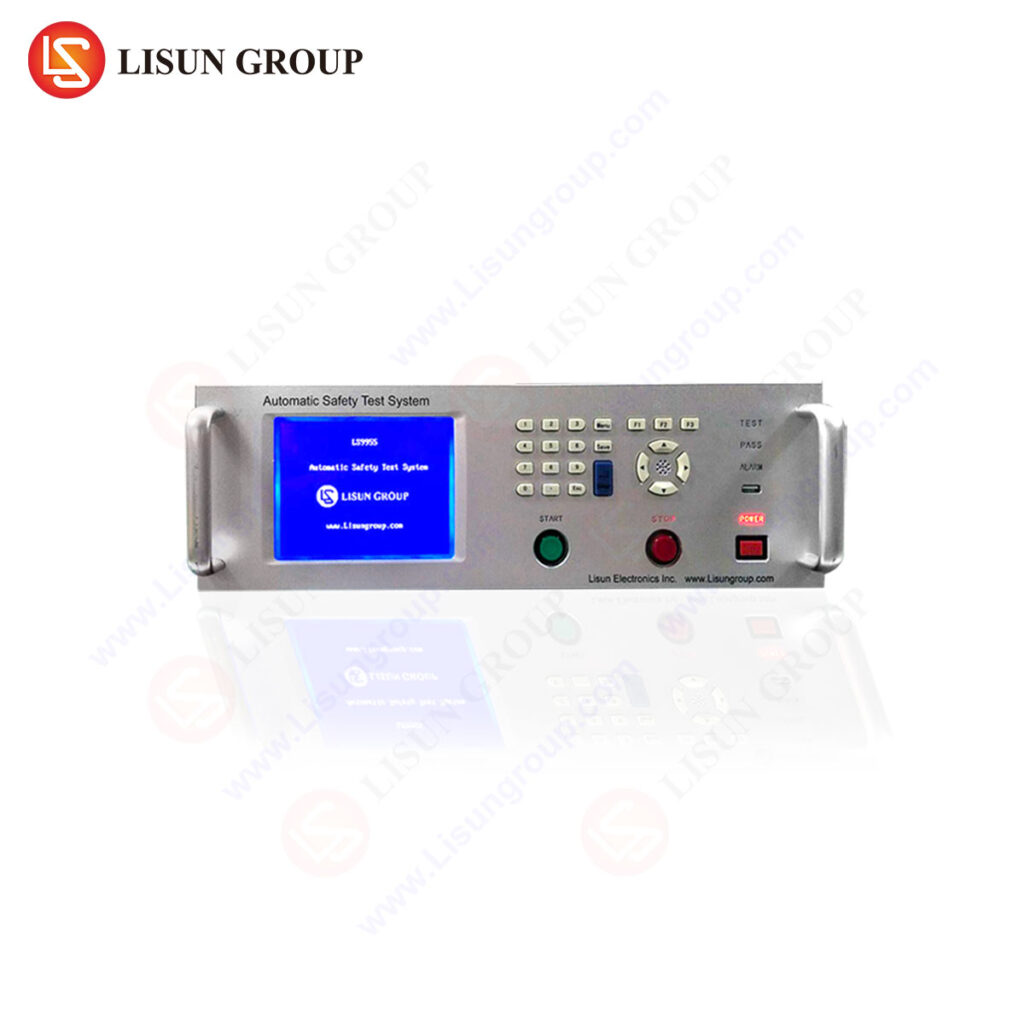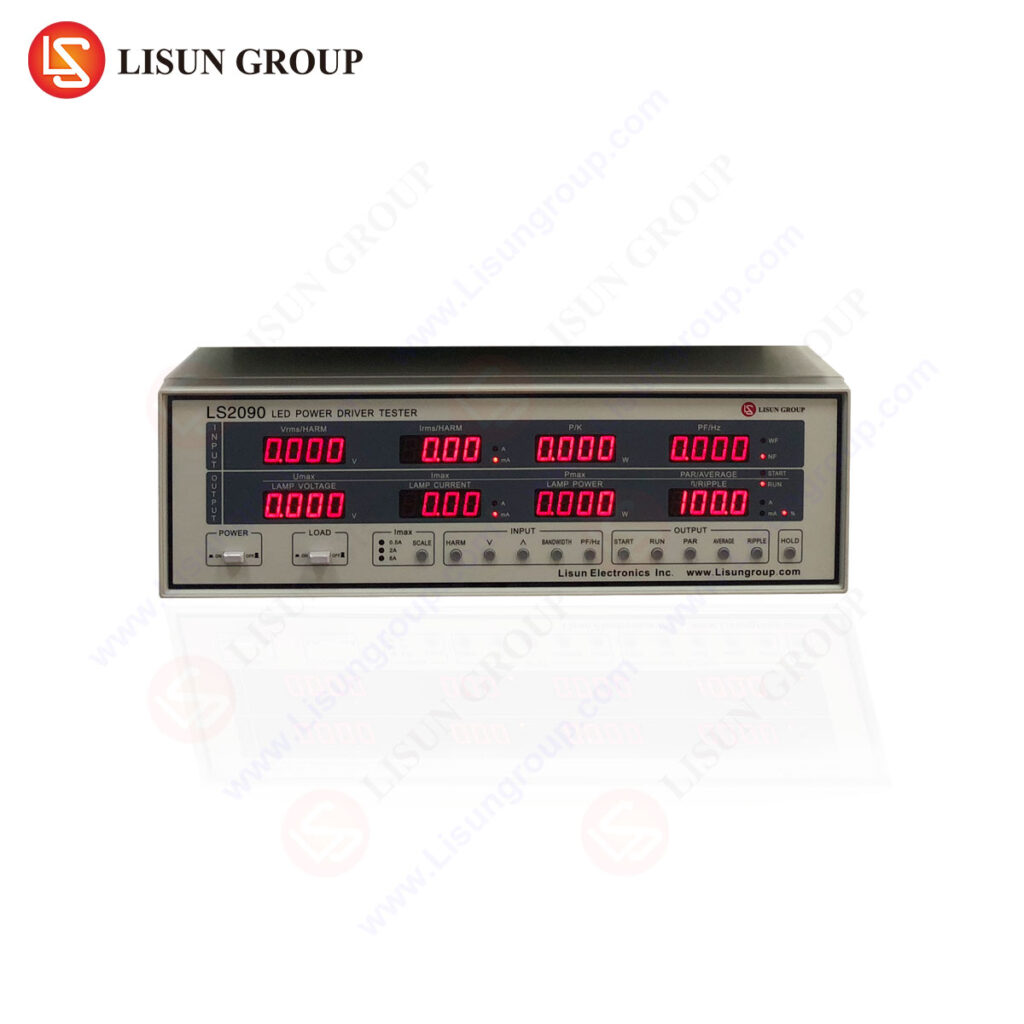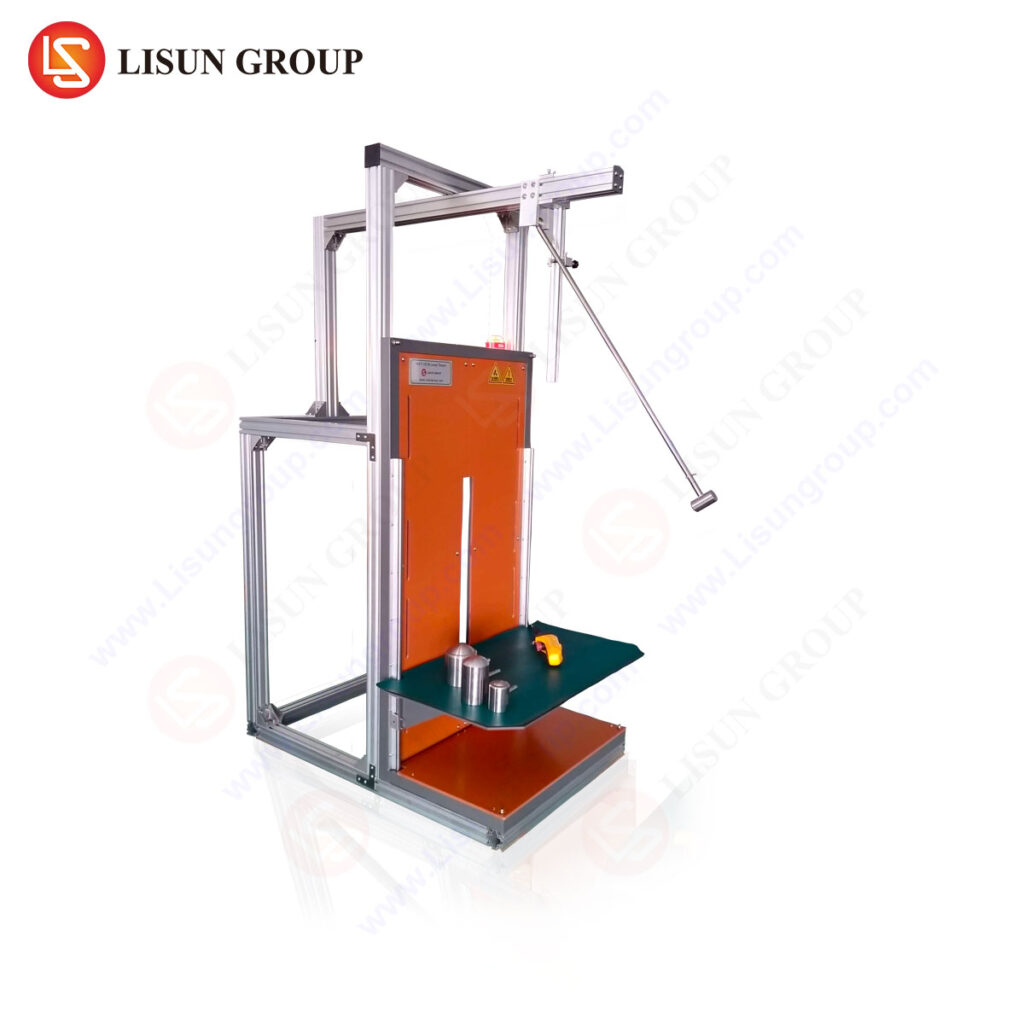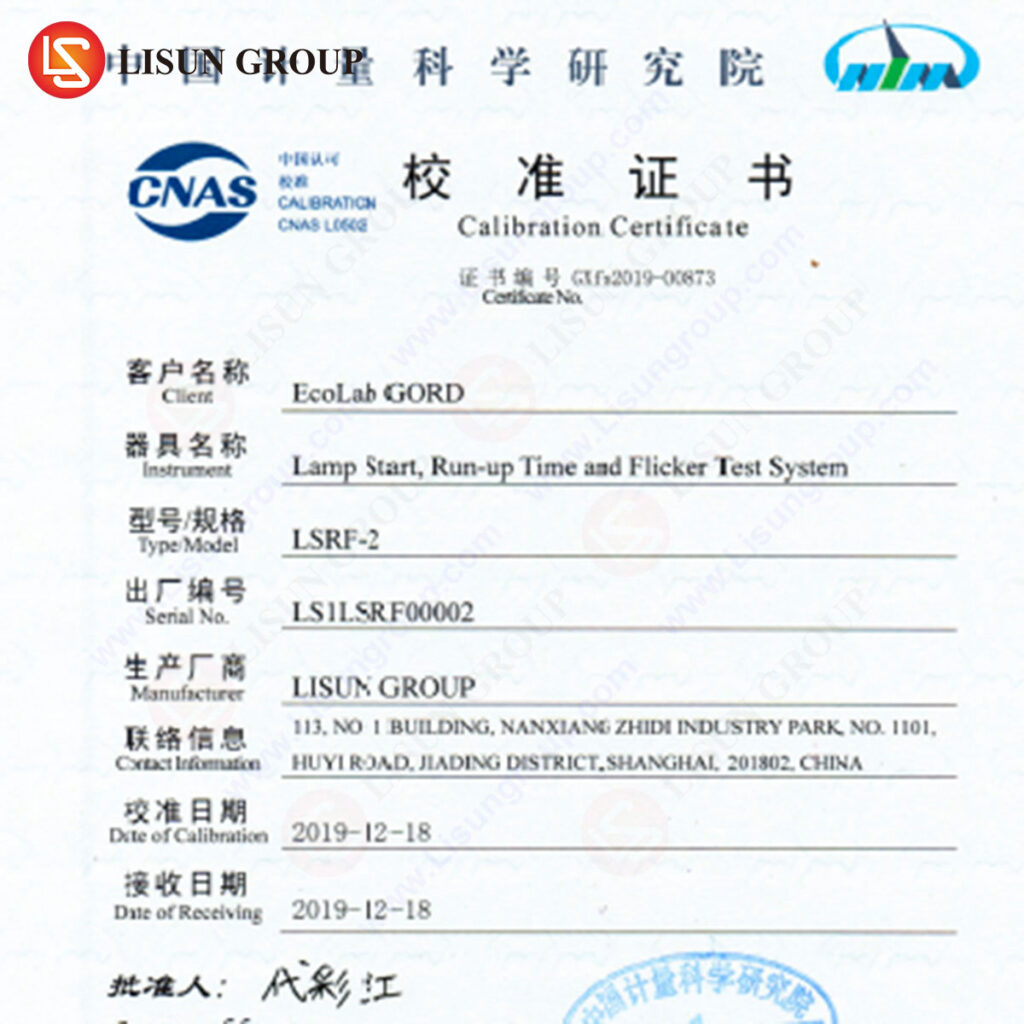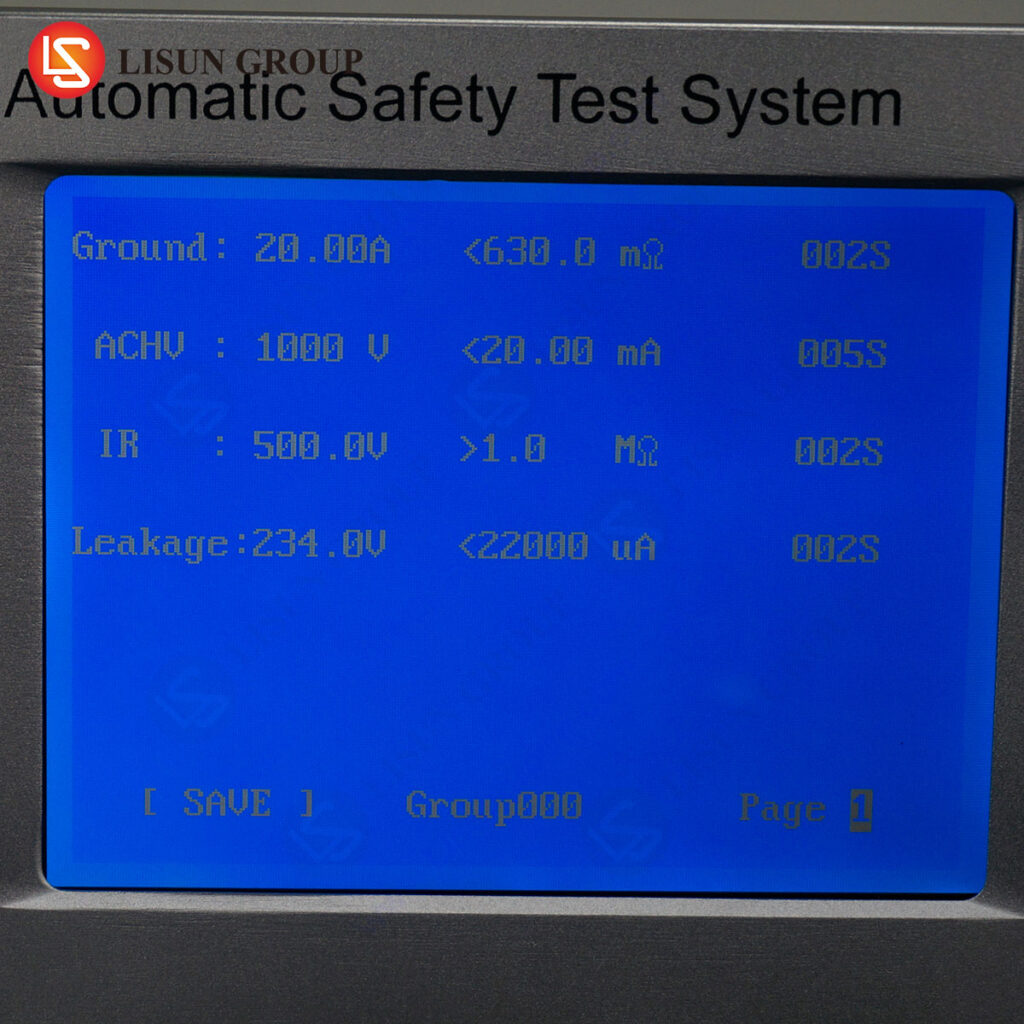Introduction to Unlocking the Secrets of LED Testing with Spectroradiometer
LED lighting has become increasingly popular in recent years due to its energy efficiency and long lifespan. However, it is important to ensure that LED luminaires are tested to ensure they meet the required standards. spectroradiometers are a powerful tool for testing LED luminaires, as they can measure the spectral power distribution of the light source. This article will discuss the importance of LED testing with spectroradiometers, and how to unlock the secrets of LED testing with spectroradiometer.
What is a spectroradiometer?
A spectroradiometer is an instrument used to measure the spectral power distribution of a light source. It is composed of a light source, a detector, and a spectrometer. The light source is typically a lamp or LED, and the detector is typically a photodiode or photomultiplier tube. The spectrometer is used to measure the intensity of the light at different wavelengths. The spectroradiometer is used to measure the spectral power distribution of a light source, which is the amount of light emitted at each wavelength.
Why is LED Testing with Spectroradiometer Important?
LED testing with spectroradiometer is important for ensuring that LED luminaires meet the required standards. The spectral power distribution of a light source is an important factor in determining the quality of the light. For example, the spectral power distribution of a light source can be used to determine the color rendering index (CRI) of the light source. The CRI is a measure of how accurately colors are rendered when illuminated by the light source. A higher CRI indicates that colors are rendered more accurately.
How to Unlock the Secrets of LED Testing with Spectroradiometer
To unlock the secrets of LED testing with spectroradiometer, it is important to understand the basics of spectroradiometry. The first step is to select the appropriate light source. The light source should be chosen based on the application and the desired spectral power distribution. Once the light source has been selected, the spectroradiometer should be calibrated to ensure accurate measurements. The spectroradiometer should then be used to measure the spectral power distribution of the light source.
FAQs
Q: What is a spectroradiometer?
A: A spectroradiometer is an instrument used to measure the spectral power distribution of a light source. It is composed of a light source, a detector, and a spectrometer.
Q: Why is LED testing with spectroradiometer important?
A: LED testing with spectroradiometer is important for ensuring that LED luminaires meet the required standards. The spectral power distribution of a light source is an important factor in determining the quality of the light.
Q: How to unlock the secrets of LED testing with spectroradiometer?
A: To unlock the secrets of LED testing with spectroradiometer, it is important to understand the basics of spectroradiometry. The first step is to select the appropriate light source. The light source should be chosen based on the application and the desired spectral power distribution. Once the light source has been selected, the spectroradiometer should be calibrated to ensure accurate measurements. The spectroradiometer should then be used to measure the spectral power distribution of the light source.
Conclusion
LED testing with spectroradiometer is an important tool for ensuring that LED luminaires meet the required standards. Spectroradiometers are used to measure the spectral power distribution of a light source, which is an important factor in determining the quality of the light. To unlock the secrets of LED testing with spectroradiometer, it is important to understand the basics of spectroradiometry and select the appropriate light source. With the right knowledge and tools, LED testing with spectroradiometer can be used to ensure that LED luminaires meet the required standards.

